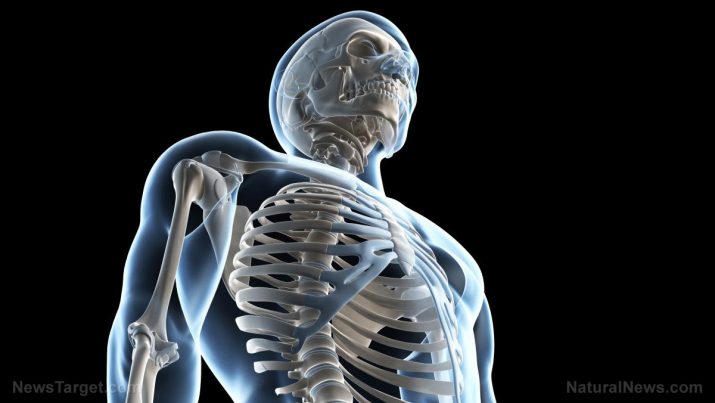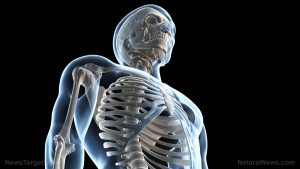
Paget’s Disease – causes, side effects and treatments at NaturalPedia.com
Wednesday, June 13, 2018 by Michelle Simmons
http://www.naturalpedia.com/pagets-disease-causes-side-effects-and-treatments-at-naturalpedia-com.html

Paget’s disease is a condition where the normal cycle of bone renewal and repair is interrupted. In some cases, this can cause the affected bone to become weakened and deformed. It is the second most common type of bone disease, after osteoporosis. This disease involves abnormal bone destruction and regrowth, which results in deformity of the affected bones. The cause of Paget’s disease remains unknown. However, some experts suggest that it may be due to genetic factors or a viral infection early in life. Patients with Paget’s disease typically experience an abnormal breakdown of bone tissue in specific areas, followed by abnormal bone formation. The new area of bone is larger but weaker. Moreover, the new bone is also filled with new blood vessels. The affected bone may only be in one or two areas of the skeleton, or throughout the body. It more often affects bones of the arms, collarbones, leg, pelvis, spine, and skull. Paget’s disease is common in Europe, Australia, and New Zealand, although it has become rare over the last 50 years.

Known side effects of Paget’s disease
Typically, there are no symptoms or side effects of Paget’s disease. Sometimes, its side effects are also confused with those of arthritis or other disorders. However, when the side effects do manifest, the most common ones relate to bone or joint pain. Other side effects of the disease may include swelling of joints, tenderness, or redness over the affected areas, enlarged head and skull deformities, fracture, headache, reduced height, and warm skin over the affected bone. Paget’s disease can also result in further complications. These include broken bones, bone deformities, hearing loss, excessive levels of calcium in the blood, heart failure, and bone cancer.
Body systems harmed by Paget’s disease
The body system harmed by Paget’s disease is the skeletal system as it mainly affects the bones.
List of foods or nutrients that prevent Paget’s disease
There is no information on what foods or nutrients prevent Paget’s disease. However, some foods and nutrients that can help improve the condition. These include foods rich in calcium, such as milk, cheese, and yogurt, milk made from soy, rice or oats with added calcium, and fish that are eaten with the bones like sardines; and vitamin D.
Treatments, management plans for Paget’s disease
The short-term goal of treatment for Paget’s disease is to relieve the symptoms. In the long run, the goal is to prevent the condition from getting worse and reducing the risk of complications developing. Treatment options for Paget’s disease include the following:
- Medication to help manage bone remodeling
- Medication to relieve pain
- Surgery
There are also home remedies available for Paget’s disease. These include increasing the amount of calcium intake, getting more vitamin D and sunlight, doing light exercises and flexibility practice, and losing some extra weight.
Where to learn more
- Why is cancer almost never found in mummies? A disease of modern living
- Treatment drug may cause jawbone to die (press release)
- Oral bisphosphonate risk slight, but dental patients should be aware, ADA says (press release)
- Yoga can increase blood flow, aiding in repair and regeneration of tissue
- Take the versatile approach to better bone health
Summary
Paget’s disease is a condition where the normal cycle of bone renewal and repair is interrupted.
Paget’s disease causes bone or joint pain, swelling of joints, tenderness, or redness over the affected areas, enlarged head and skull deformities, fracture, headache, reduced height, and warm skin over the affected bone.
Paget’s disease may also lead to other complications, such as broken bones, bone deformities, hearing loss, excessive levels of calcium in the blood, heart failure, and bone cancer.
Nutrients that can help improve symptoms of Paget’s disease include calcium and vitamin D.
Paget’s disease can be treated with medications to help regulate bone remodeling and to relieve pain, and surgery.
Sources include:
Tagged Under: Tags: Paget's disease





